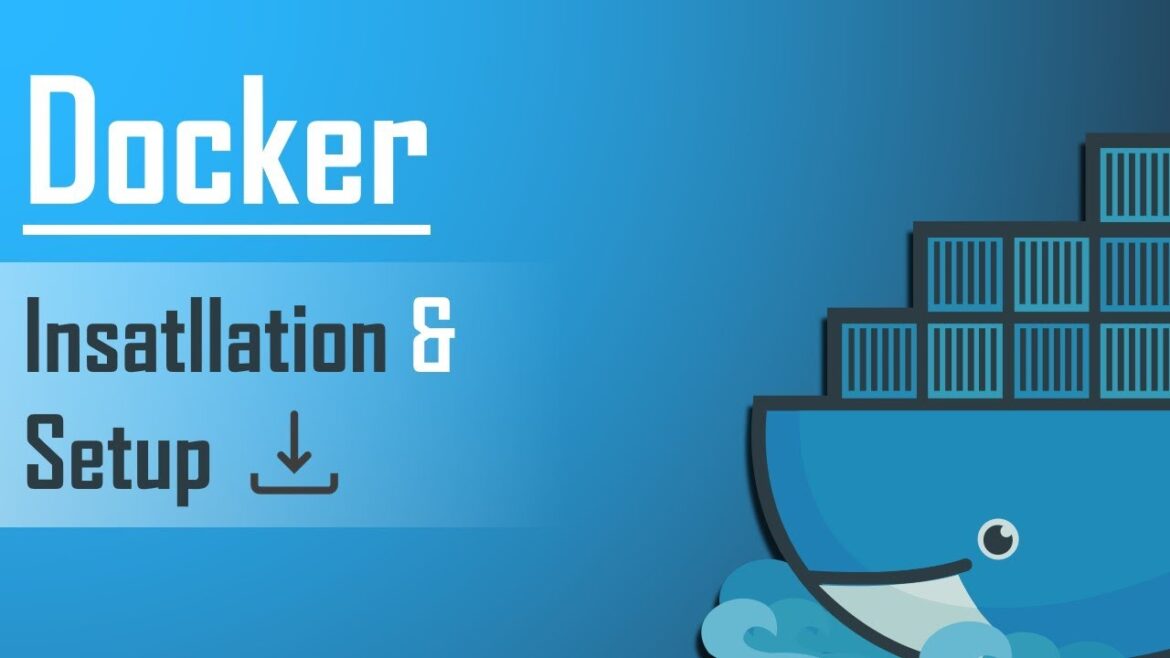Docker is a popular tool for containerizing applications that helps developers run software consistently across different environments. In this guide, you’ll learn how to install Docker on your system, what advantages and challenges it offers, and what you should keep in mind.
Docker: What is it and why is it important?
Docker has established itself as one of the leading tools for containerization in recent years. It enables developers and IT professionals to package applications and their dependencies in isolated containers, ensuring a consistent runtime environment. But how do you install Docker on a system?
- Docker is a platform that allows applications to be run in so-called containers. These containers are isolated environments that contain all the necessary components of an application.
- Containerization with Docker offers numerous advantages, including the ability to run applications consistently on different systems, regardless of the underlying operating systems.
- A key advantage of Docker is scalability. Applications can be distributed quickly and efficiently across different machines, which is particularly useful in cloud environments.
- Docker enables rapid deployment and updating of applications. Developers can test changes locally and quickly incorporate them into production environments.
- Although Docker offers many advantages, there are also challenges, especially with regard to security. Containers should be checked and updated regularly to avoid vulnerabilities.
How do I install Docker on Windows?
The installation of Docker may vary depending on your operating system. This section explains how to install Docker on different systems, starting with Windows.
- To install Docker on Windows, you must first download Docker Desktop. This application simplifies the management of Docker containers on a Windows system.
- After downloading the installation file, open it and follow the instructions in the installation wizard. Docker Desktop will automatically install all necessary components.
- During installation, you may need to adjust some settings. For example, Docker Desktop requires WSL2 (Windows Subsystem for Linux Version 2). Make sure that WSL2 is enabled, as Docker will not work without this component.
- Once the installation is complete, launch Docker Desktop. You will be prompted to sign in with a Docker account or create a new account.
- It is important to ensure that virtualization is enabled in your computer’s BIOS settings, as Docker Desktop uses a virtual machine to run containers.
Installing Docker on Linux: A simple guide
Linux is one of the most commonly used operating systems for Docker. Installation on Linux systems is usually straightforward and requires only a few steps.
- First, you need to add the Docker repository to your Linux system. This will allow you to install and update the latest version of Docker.
- After adding the repository, update your system’s package list and install Docker using your distribution’s package manager, for example, “apt” for Ubuntu/Debian or “dnf” for Fedora/CentOS/Red Hat.
- After installation, you can start the Docker service and ensure that it starts automatically with each system startup.
- It is advisable to add your user to the Docker group to execute Docker commands without root privileges.
- Test the installation by running a simple Docker container, such as ‘hello-world’, to ensure that Docker is installed and configured correctly.
Docker on macOS: Installation and first steps
Docker can also be installed on macOS, allowing developers to test and develop applications locally. Starting with macOS with Apple Silicon, Docker Desktop runs through the Apple Virtualization Framework. Installation on macOS is similar to Windows.
- To install Docker on macOS, download Docker Desktop for Mac from the official Docker website.
- After downloading, open the disk image and drag the Docker icon to your Applications folder to complete the installation.
- Start Docker Desktop and follow the instructions to complete the setup. You may need to sign in to Docker.
- Docker Desktop for Mac uses a virtual machine to run containers. Make sure your Mac supports virtualization.
- Test the installation by running a simple container. This ensures that Docker is working correctly and is ready to host your applications.

